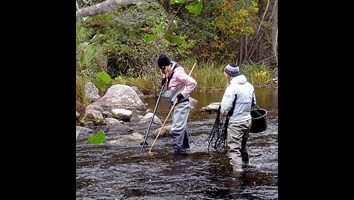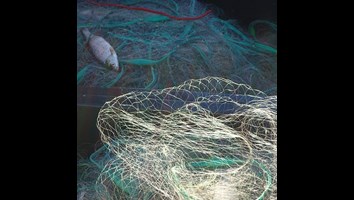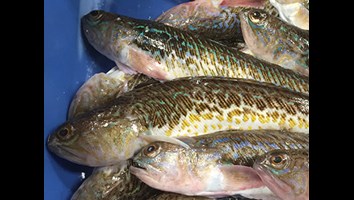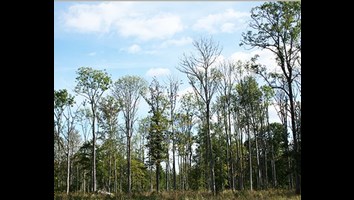Data networks and biobanks
A well-developed research infrastructure is important for the development of research and innovations. At SLU, we categorize the infrastructure as follows:
- Facilities
- Data networks and biobanks
- Instruments
- Laboratories
SERS - Database for electrofishing in streams
Databasen för provfiske i vattendrag - SERS miljodatastod@slu.se docx, xlsx, pptx, pdf, TIFF, MHTML, CSV, XML, atomsvc. fish, streams, electrofishing, rivers, streams, running water APIs from the
NILS-National Inventories of Landscapes in Sweden
NILS is an umbrella for national environmental monitoring programs with several targeted inventories that are intended to collect, analyze and present data on habitats, their quality and how they
Nationella kräftdatabasen
The Swedish Crayfish Database, which consists of noble crayfish and signal crayfish occurrences, crayfish test fishing events and crayfish plague occurrences.

Database for electrofishing in streams (SERS)
The database for electrofishing in streams (SERS) is the Swedish national database for electrofishing data and has been in use since 1989. All data is publicly available. Electrofishing in rivers has

Database for Coastal Fish – KUL
The KUL database contains catch data from the coastal fishery. In its current form, KUL has been in operation since 2006. Individual fish data are also stored in KUL. In the KUL-database, data is

Database for Marine fish - FD2
The database FD2 host quality assured data on marine fish and shellfish collected in monitoring surveys and other marine investigations at the Department of Aquatic Resources. The database is the
Biological archive with tissue samples from fish
The biological archive at SLU Aqua´s Institute of Freshwater Research are constantly being replenished. Each year we collect tissue samples from fish, samples that are used to analyze age and growth,

Wireless Remote Animal Monitoring (WRAM)
Wireless Remote Animal Monitoring (WRAM) is a national e-infrastructure for automatic reception, handling, storage, and sharing of biotelemetry sensor data from animals. Wireless Remote Animal

Forest Damage tool
Forest damage is a tool for identifying and reporting forest damage online. The aim of Skogsskada is to increase knowledge about tree and forest damage and contribute to developing methods and
The Swedish National Forest Inventory
Data from the Swedish National Forest Inventory is part of Sweden's official statistics.
Database for Survey test-fishing - NORS
The Department of Aquatic Resources collects, quality assures and stores test-fishing data generated in national and regional environmental programs. The database for survey test-fishing (NORS)
The Swedish National Gene Bank for Vegetatively Propagated Horticultural Crops
In the National Gene Bank, older varieties of fruit, berries, vegetables and ornamental plants, collected by the Swedish Programme for Diversity of Cultivated Plants (Pom) are preserved for the
